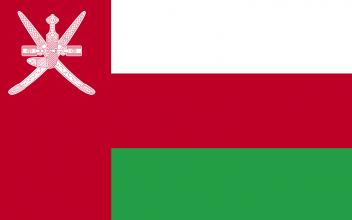Coastal ornamental patterns around the 16th century: a study on cultural interaction
Islam was introduced in Java by missionaries travelling along the maritime Silk Road. It was influenced by Sufism and integrated elements of earlier Indonesian beliefs. In coastal areas of Java, the encounter between local culture and foreign influences, which reached the area through overseas merchants, led to the emergence of new ornamental designs on artefacts and buildings. In mosques, tombs and palaces along the North Javanese coast, a large variety of ornamental designs were found, such as floral, animal and geometric patterns. They combined traditional Javanese designs and elements of Islamic and other, for instance Chinese, cultural origin.




